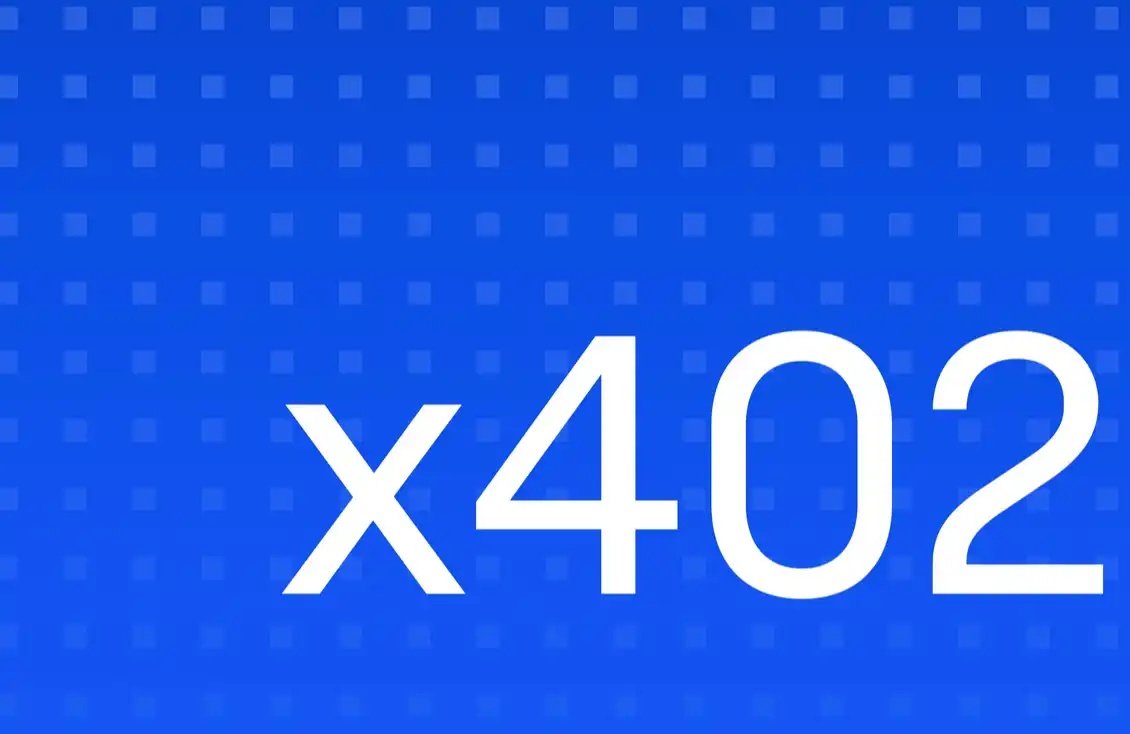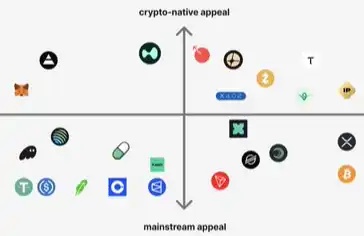With the release imminent, what should you know about Runes Protocol?
Original source: Trustless Labs
We are less than two days away from the 840,000 block of the BTC halving, which also means that the long-awaited Runes of the entire BTC ecosystem is about to go online. As the largest fair launch of the BTC ecosystem, although it may face huge pressure from internal competition, it is still the largest and most public Alpha opportunity in the crypto world.
Although platforms such as OKX Wallet and Unisat have already provided public etching platforms, if you want to get more chips in the competition, running your own Bitcoin full node and index, and understanding the relevant principles of Runes operation, so as to optimize it in a targeted manner will bring certain advantages.
This article attempts to introduce Runes from the aspects of technical implementation, distribution rules, and estimated costs.
The Runes protocol is an asset protocol deployed by Casey, the founder of Ordinals, on the Bitcoin network to issue homogeneous tokens. The fundamentals of Runes are the window of the legitimacy and fair distribution of the Ordinals protocol. The Ordinals community needs to rely on Runes to fight for the pricing power of BTC ecosystem token assets. Casey even called for suicide one month after the Runes ecosystem was launched with a market value of less than 1 billion US dollars...
It can be predicted that the Runes protocol will bring very active on-chain interactions after the halving. Hot spots that can be paid attention to will include but are not limited to:
• Casey’s hard-coded creation runes in the Runes protocol
• Runes token airdrops corresponding to NFTs such as Rsic and Runestone
• Community-led deployment of Runes tokens and fomo
principle
Brc20 The method of Atomicals is called coloring. The balance of Arc20 is represented by the number of Satoshi under a UTXO, strictly following the corresponding relationship of 1 token = 1 sats. Therefore, Arc20 transfers can be completely treated as general transactions by the BTC network, and the index is relatively simple, and BTC native features can be used.
The Runes method is called etching. The balance of a Runes is bound to a UTXO. The data of the balance, token symbol and other information are recorded in the OP-RETURN of the transaction. OP-RETURN can be regarded as a note of the transaction (maximum 80 bytes). The json contained in its data marks how many Runes tokens are represented by the utxo under the BTC transaction. The Runes indexer is required to identify these tokens.
In short, Runes is bound to BTC UTXO, or BTC UTXO is regarded as a pointer to the Runes token, and OP-RETURN is the assignment statement of the pointer.
When the Runes token is transferred, the UTXO representing the Runes token needs to be used as input, the amount of the transfer is written in the OP-RETURN, and the specified utxo is used as the first output. The set number of Runes tokens will be transferred to the target address of utxo1, and the remaining Runes tokens will be automatically bound to other utxo such as utxo2 in sequence. Utxo1 can be output to someone else's address, and utxo2 can be output to yourself as change, thus completing a Runes transfer. At the same time, Runes also comes with a burn function, which can declare the destruction of tokens.
Unlike Brc20, which only uses BTC to store transfer records, Runes tokens are strictly bound to UTXO, allowing them to apply the various benefits that come with BTC UTXO; this method is similar to Arc20, but the difference is that Runes' utxo can represent any number of tokens, while the number of Arc20 is strictly related to the number of sats contained in the bound UTXO (difficult to split); but at the same time, Arc20
is less dependent on the indexer, and the legitimacy of Runes token transfers still requires the record of the Ord index ledger.

The flexibility of json data under OP-RETURN allows it to operate batch transfers of Runes tokens at one time, including transferring different types of Rune assets such as RuneA and RuneB in the same Bitcoin transaction.
Distribution rules
In the initial distribution process of Runes tokens, you first need to etch the token information and distribution rules.
Token information This includes the minimum split unit, asset name, name separator, symbol, etc. It should be noted that the name of Runes assets is not limited in length and includes • Such separators may be more complicated, so be sure to identify them when minting new assets.

In the distribution rules section, Runes allows deployers to pre-allocate tokens to themselves, so be careful to identify whether it is a fair launch. This function can be used for the distribution of assets such as Runestone and Rsic.
Under the Terms data of the distribution rules, it includes the single mint number limit, the total number of mints, and the start and end blocks of the mint. Here you can set the total number of mints to unlimited, limited time and unlimited quantity, which is the case for rune 0 UNCOMMON•GOODS deployed by casey.

At the same time, the user's spontaneous mint process needs to write the Runestone data type under OP-RETURN (not related to the Rune NFT Runestone). One transaction can only be minted once, so if you want to get more chips, you need to divide it into multiple UTXOs under one address.
Runes will start at block 840000, and the ord index has been updated to the latest version 0.18.1. It now fully supports runes token query, etch (equivalent to Brc20's deploy), mint and other functions. At the same time, Casey also stated that a part of the Runes tokens will be deployed hard-coded into the ord indexer and activated in the halving block. These assets are completely fairly distributed and can be mined freely. Casey has mentioned names such as COMMUNISTRUNE, ANARCHISTRUNE, and CYPERPUNKRUNE. Now you can see the Genesis Rune named UNCOMMOM.GOODS in the index.
The deployment of Runes asset names is restricted by the Ord index. Names with 13 to 26 characters can be freely deployed after 840,000 blocks, and 12-character names are gradually unlocked. The deployment of shorter names is unlocked after every 17,500 blocks (about 120 days), so it takes 3 years to mint to a 4-character token.
Although the early super-long names are not conducive to speculation, it is good to design special symbols to represent assets. This symbol conforms to the Unicode standard, so many emoji expressions can be written. Choosing a good emoji is also something you need to pay attention to when deploying memes.
Estimated cost
The current Runes protocol code has been basically finalized and has been running on the testnet for a while, so some cost predictions can be made. By running the ord index on signet, we can see that as many as 497 runes test tokens have been deployed on the signet testnet, and as many as 963 on the testnet testnet. At the same time, we have also conducted some experiments and tests on signet to measure the cost and progress of minting.
Signet test network 0~9 Runes tokens:

We performed multiple mint and ord commands of runes tokens on the signet test network:

The transaction is as follows: https://mempool.space/zh/signet/tx/645829bdaf105ccecc012629a3bbb6e9dfcfe92fa09499ea54b87092c9100946

Specify destination as the receiving Runes Token address:  The transaction is as follows: https://mempool.space/zh/signet/tx/32125d247a282ebf53b893a17f3c2c99a7747749233dc010bd9ae2934540c981
The transaction is as follows: https://mempool.space/zh/signet/tx/32125d247a282ebf53b893a17f3c2c99a7747749233dc010bd9ae2934540c981  It can be seen that a mint transaction will consume about 230vB in size. Based on the market heat and the FOMO sentiment, if the feerate is 300-1000 sats/vB in extreme cases, the cost of minting one piece is about 0.0023-0.00069 BTC (150u-50u). At the same time, ord supports specifying the destination address, so UTXO can be split. After that, they can be minted in batches to the target address.
It can be seen that a mint transaction will consume about 230vB in size. Based on the market heat and the FOMO sentiment, if the feerate is 300-1000 sats/vB in extreme cases, the cost of minting one piece is about 0.0023-0.00069 BTC (150u-50u). At the same time, ord supports specifying the destination address, so UTXO can be split. After that, they can be minted in batches to the target address.
If FOMO sentiment is high after the halving, and there are 3,000 transactions in each block in the early stage for Runes mint transactions, with an average feerate of 200 sats/vb, the mint of Runes tokens consumes about 198.72 BTC of gas cost per day, which can provide some reference for calculating the early FOMO chip market value.
This article is from a contribution and does not represent the views of BlockBeats.
Welcome to join the official BlockBeats community:
Telegram Subscription Group: https://t.me/theblockbeats
Telegram Discussion Group: https://t.me/BlockBeats_App
Official Twitter Account: https://twitter.com/BlockBeatsAsia


 Forum
Forum Finance
Finance
 Specials
Specials
 On-chain Eco
On-chain Eco
 Entry
Entry
 Podcasts
Podcasts
 Activities
Activities
 OPRR
OPRR








